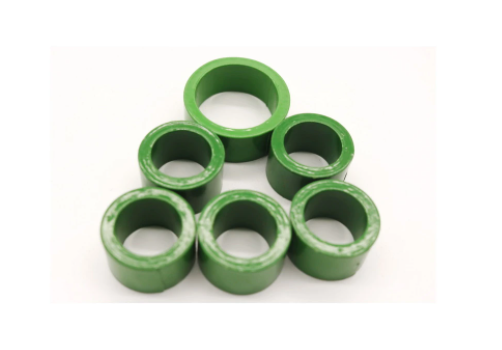Nano-crystalline current tansformer iron cores have high permeability and low cost which is ideal material for current transformer at present.It is suitable for the development trend of small, light and efficient components in the field of power electronics and electronic information.So it can be widely used in precision current transformer, zero sequence current transformer, medium and High Frequency Transformer and other electrical equipment.
We have advanced equipment and technology to assure our quantity and quality,so we can give you best price.

Nano Ct Iron Core,Ct Magnetic Ring,Multiduty Current Transformer Iron Core,Low Price Ct Core,Nano-crystalline Current Tansformer Iron,High Quality Ct Core
Anyang Kayo Amorphous Technology Co.,Ltd. , https://www.kayoamotech.com